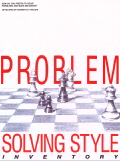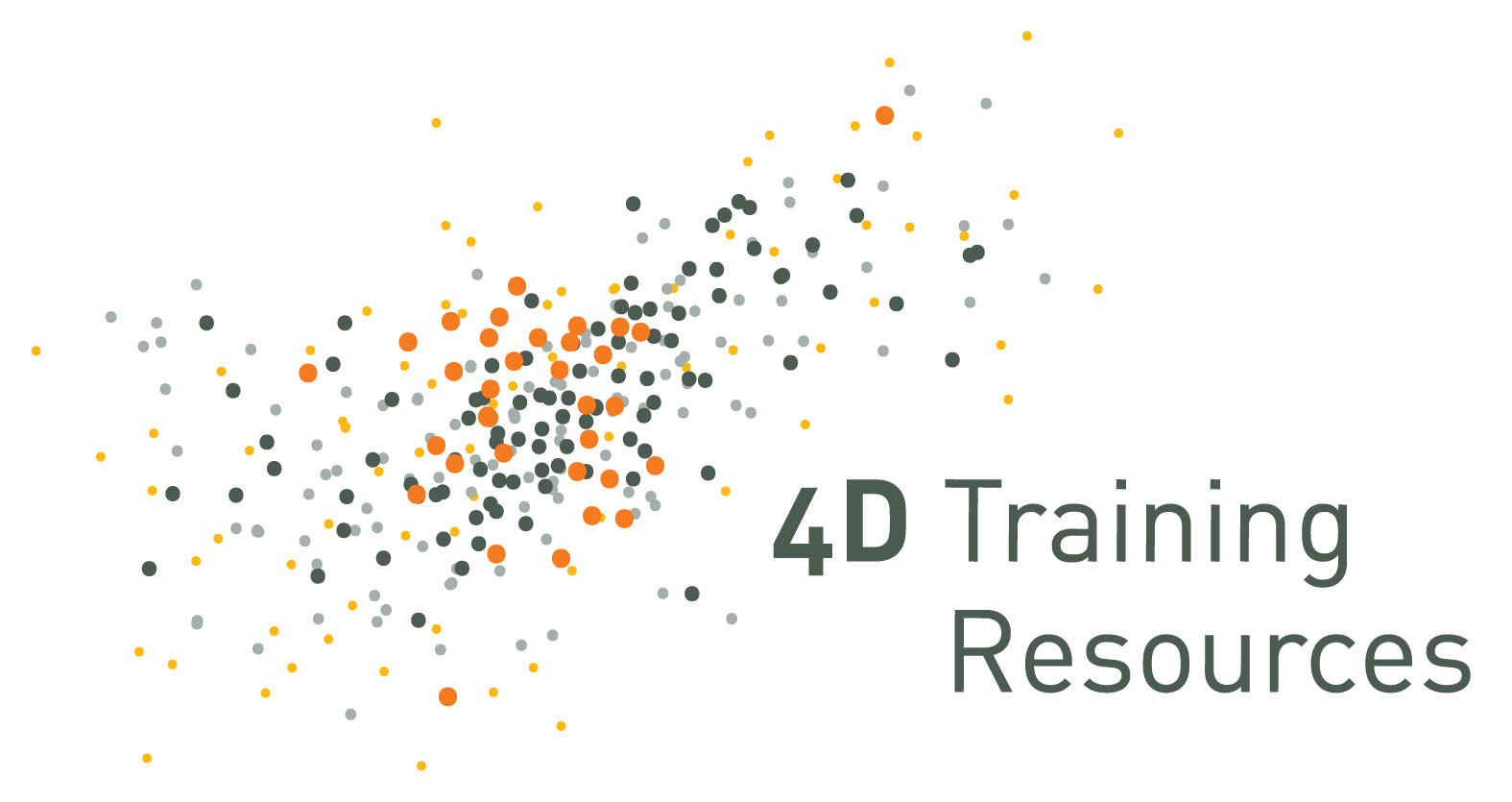Problem Solving Style

This 30-item instrument allows individuals to gain insight on their dominant and supportive styles of solving problems and making decisions in their work units or teams as well as receive feedback from others.
Learning Outcomes
- Understand which problem-solving and decision-making style one is predisposed to use or ignore
- Determine whether one’s use of the 5 styles is appropriate for one’s work groups or teams
- Identify the important factors to consider when choosing a style to solve a problem or make a decision
- Master the ability to assess one’s work group and choose the style that fits best
Theory
Problem Solving Style Inventory is based on the Problem Solving Styles Model. This model illustrates the various styles available to a supervisor or manager for solving problems and making decisions. A manager’s problem-solving or decision-making behavior can be plotted along 2 axes:
Ego-Centered Behavior: The extent to which a manager attempts to solve all problems or make all decisions by him/herself with little or no input from others.
Other-Centered Behavior: The extent to which a manager includes other people in the problem-solving or decision-making process.
The degree to which a manager uses these 2 behaviors to solve problems and make decisions gives rise to the 5 styles shown in the model. All 5 styles are useful managerial approaches to solving problems and making decisions in certain situations.
How It Works
The inventory presents 30 pairs of statements that describe how people go about solving problems and making decisions. Individuals choose the statement that is most characteristic of their approach. By scoring and charting results, participants generate an overall Problem-Solving/Decision-Making Style Preference Profile, with sub scores indicating one’s usage level of each of the 5 styles. Feedback scores provide comparison data. Participants learn about the styles, the 4 key factors in choosing a style, analyze the possible overuse or underuse of each style, and make action plans.
Uses for the Problem Solving Style Inventory
The Problem Solving Style Inventory assessment and Feedback Forms are effective when used together as a stand-alone tool as well as part of a larger program. The Problem Solving Style Inventory can be used in a variety of ways, including:
- As part of a basic supervisory or management training program
- As part of a leadership or team leader training program
- As a development tool used by a higher-level manager to coach lower-level managers or supervisors in when and how to ask for participation in problem solving and decision making
- As an individual self-assessment tool to help a manager identify his/her own use of the 5 problem-solving and decision-making styles as seen through the manager’s eyes and eyes of his/her employees
- As a diagnostic tool with dysfunctional teams or work units to assess whether the team leader’s or manager’s over-use or under-use of any of the 5 styles might be a contributing factor to the ineffectiveness of the team or work unit
What to Order/Product Contents
Order one Facilitator Guide per trainer and one Participant Guide per participant. To provide individuals with feedback, order one Feedback Form for up to 8 of the participant’s employees, peers, or managers. (We recommend ordering at least 3 Feedback Forms per participant.)
Facilitator Guide includes:
- Administrative guidelines
- Theoretical background
- Suggested program design
- Normative data
- Descriptions of the 5 Problem-Solving/Decision-Making Styles
- 4 Key Factors in Choosing a Style
- Overhead transparency masters
- Practice case studies and analyses
Participant Guide includes:
- 30-item assessment
- Pressure-sensitive response form
- Description of the 5 Problem-Solving/Decision-Making Styles
- Interpretive information
- Charts to record data and profile
- Diagnostic questions
- Action planning
Feedback Form includes:
- 30-item assessment
- Pressure-sensitive response form

